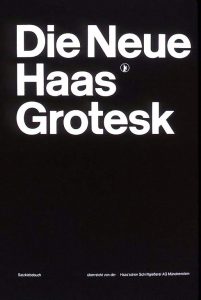Joseph Müller-Brockmann, 1962, Swiss Typography
The concept of ‘Technology’ being the ‘mortal enemy of art’, could be considered a narrow minded opinion, in a world which appreciates both the physical and digital aspects of 21st century design. As an aspiring Graphic designer, I find technology is an important attribute to advance artwork for an artistic future.
As Melissa Smith (Smith, M, 2017, New York Times) said, ‘Even when the digital component isn’t as obvious, the work is still influenced by the internet’. This could be considered true when modern designers gain feedback and influence from others, through social media platforms like Instagram. Graphic design has a purpose of communicating to a specific audience – research sources are the background support to this, establishing a meaning behind a message. Technology is the easiest platform to research, finding millions of online sources, without having to spend hours searching. Simple graphic styles are also becoming popular, from Johannes Gutenberg’s wooden letterpress (1440), to the Swiss movement (1940’s-1950’s) and it’s type face – Helvetica. Technology helped evolve these simple styles.
Some aspects of technology can be seen to destroy the physical form of art. Instead of appreciating the context behind art, it can be fashionable in today’s society to post art for social popularity. As Holly Williams (Williams, H, 2016, The Independent) argues, ‘Is anyone really looking at the art?’ and how we’re constantly thinking, ‘This would look great on Instagram’.The use technology means that physical play is becoming less important when considering graphical elements, as it’s much easier to do it digitally.
Bibliography:
Smith, M. (2017). Where Art and Technology Collide. Available: https://www.nytimes.com/2017/04/27/arts/design/where-art-and-technology-collide.html. Last accessed 25th October 2017.
Williams , H. (2016). Art for Instagram. Available: http://www.independent.co.uk/arts-entertainment/art/features/art-for-instagram-is-social-media-ruining-art-a7136406.html. Last accessed 25th October 2017.

